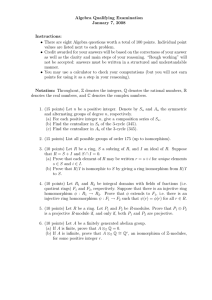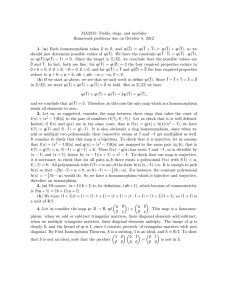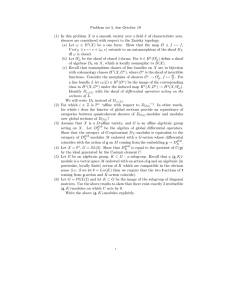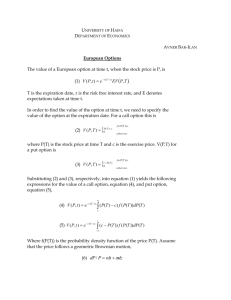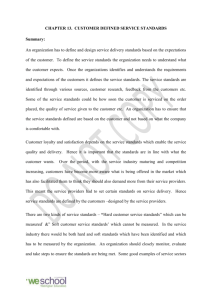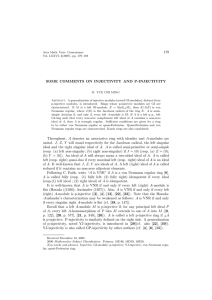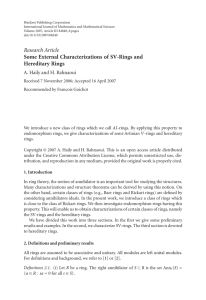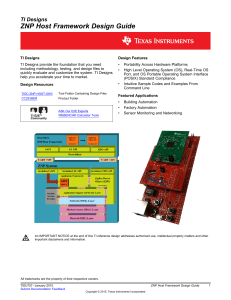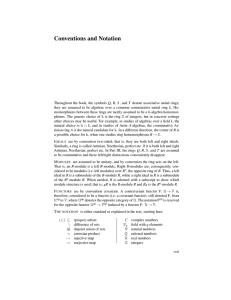Algebra Qualifier Exam May 22, 2007 1:00-5:00 Instructions:
advertisement
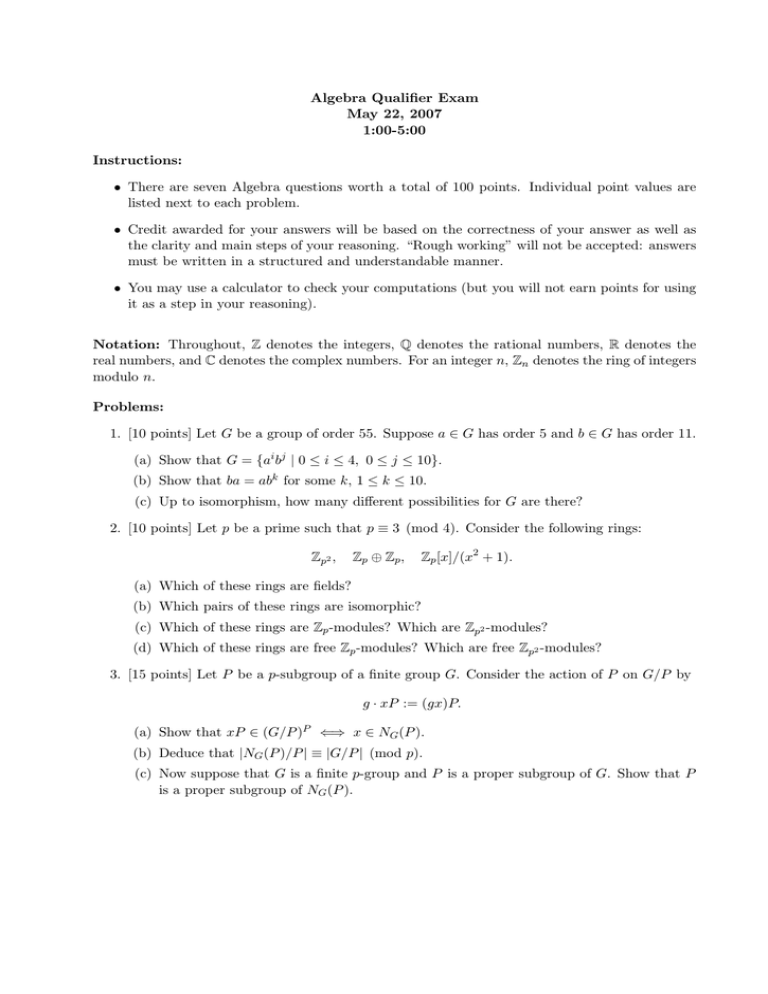
Algebra Qualifier Exam
May 22, 2007
1:00-5:00
Instructions:
• There are seven Algebra questions worth a total of 100 points. Individual point values are
listed next to each problem.
• Credit awarded for your answers will be based on the correctness of your answer as well as
the clarity and main steps of your reasoning. “Rough working” will not be accepted: answers
must be written in a structured and understandable manner.
• You may use a calculator to check your computations (but you will not earn points for using
it as a step in your reasoning).
Notation: Throughout, Z denotes the integers, Q denotes the rational numbers, R denotes the
real numbers, and C denotes the complex numbers. For an integer n, Zn denotes the ring of integers
modulo n.
Problems:
1. [10 points] Let G be a group of order 55. Suppose a ∈ G has order 5 and b ∈ G has order 11.
(a) Show that G = {ai bj | 0 ≤ i ≤ 4, 0 ≤ j ≤ 10}.
(b) Show that ba = abk for some k, 1 ≤ k ≤ 10.
(c) Up to isomorphism, how many different possibilities for G are there?
2. [10 points] Let p be a prime such that p ≡ 3 (mod 4). Consider the following rings:
Zp2 ,
Zp ⊕ Zp ,
Zp [x]/(x2 + 1).
(a) Which of these rings are fields?
(b) Which pairs of these rings are isomorphic?
(c) Which of these rings are Zp -modules? Which are Zp2 -modules?
(d) Which of these rings are free Zp -modules? Which are free Zp2 -modules?
3. [15 points] Let P be a p-subgroup of a finite group G. Consider the action of P on G/P by
g · xP := (gx)P.
(a) Show that xP ∈ (G/P )P ⇐⇒ x ∈ NG (P ).
(b) Deduce that |NG (P )/P | ≡ |G/P | (mod p).
(c) Now suppose that G is a finite p-group and P is a proper subgroup of G. Show that P
is a proper subgroup of NG (P ).
4. [15 points] Let O(x) denote the order of an element x of a group G.
(a) Let x, y be elements of finite order of a group G such that
gcd(O(x), O(y)) = 1.
i. Show that hxi ∩ hyi = {1}.
ii. Suppose in addition that xy = yx. Show that O(xy) = O(x)O(y).
(b) Consider the following elements of GL2 (Q):
0 −1
0
1
a :=
and b :=
.
1 0
−1 −1
i. Show that O(a) = 4 and O(b) = 3.
ii. Show that O(ab) = ∞.
iii. Compare with part (a).
5. [15 points] Give examples of the following objects. Be sure to verify that your examples
satisfy the desired properties.
(a) A non-zero commutative ring with 1 in which {0} is not a prime ideal.
(b) A non-zero ideal in a commutative ring with 1 that is prime but not maximal.
(c) A unique factorization domain that is not a principal ideal domain.
(d) An irreducible polynomial over Q that is Eisenstein for p = 3.
(e) A polynomial over a field that is irreducible but not separable.
6. [20 points] Let f (x) = x5 − 3 ∈ Q[x].
(a) Let E be the splitting field of f over Q. Describe E explicitly. What is [E : Q]?
(b) Show that Gal(E/Q)
is isomorphic to a subgroup of GL2 (Z5 ) consisting of matrices of
a
b
the form 0 1 .
(c) Describe explicitly the action of ( a0 01 ) and 10 1b on your chosen generators for E over Q.
(d) How many intermediate fields of degrees 4 and 5 over Q are there between Q and E?
7. [15 points] Let R be a ring with 1. For this problem, “R-module” will connote “left Rmodule.” Recall that an R-module I is injective if for any injective homomorphism of Rmodules j : X → Y and any R-module homomorphism g : X → I there exists an R-module
homomorphism h : Y → I so that h ◦ j = g. That is, there exists an h so that the following
diagram commutes:
IO `
h
g
0
/X
j
/Y
(and the bottom row is exact).
(a) Show that if I is an injective R-module then every short exact sequence of R-modules
0 → I → B → C → 0 splits.
(b) Let R be an integral domain. Let I be an injective R-module. Show that, for every
non-zero a ∈ R, the natural map φa : I → I given by φa (u) = au is surjective.


